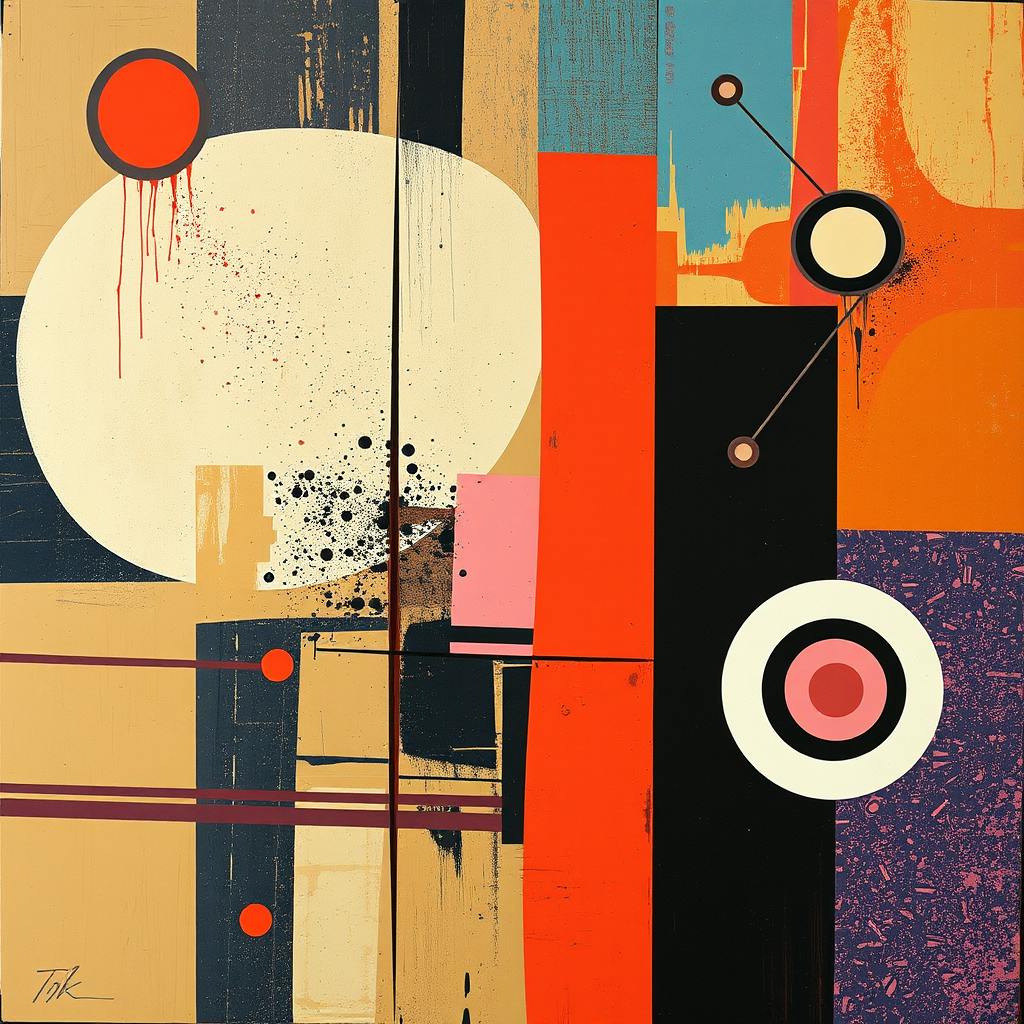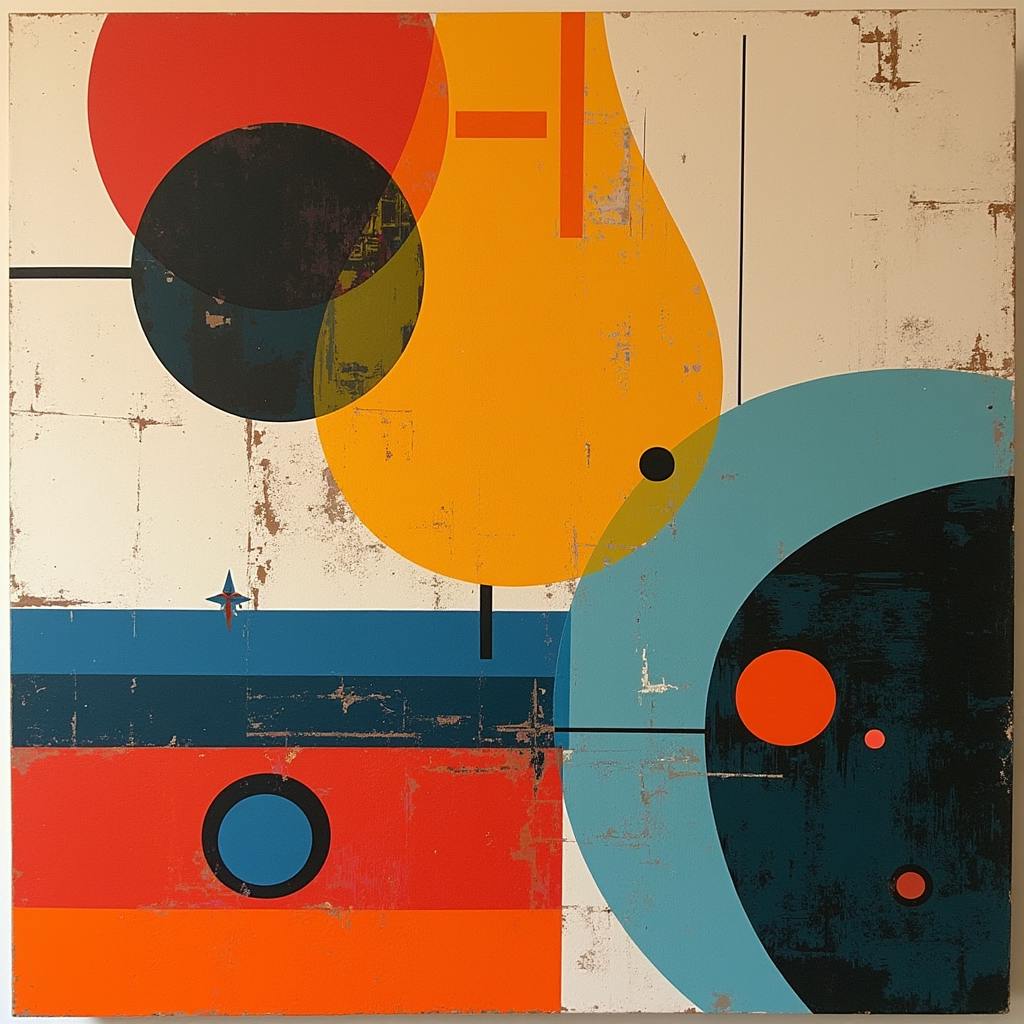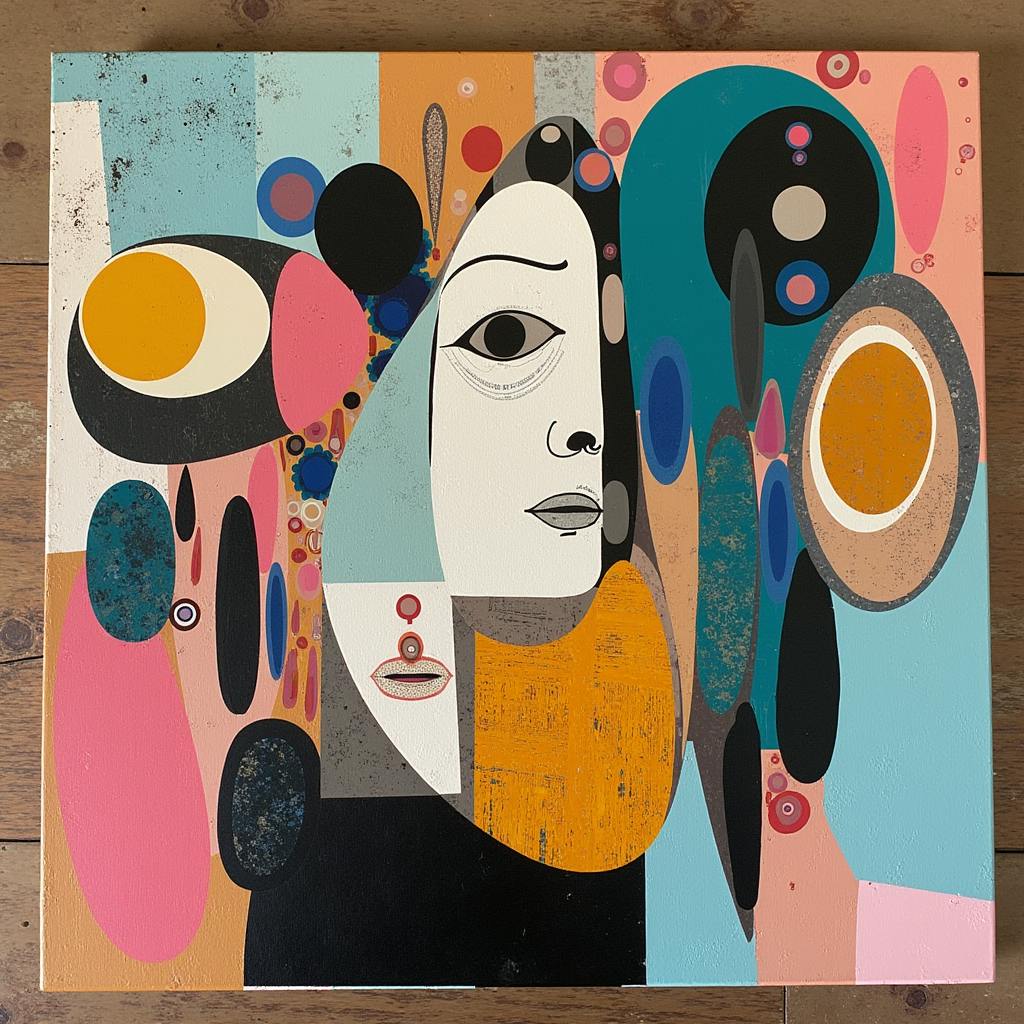Art is often seen as a distant, aesthetic pursuit reserved for the talented few. However, the seven elements of art can be found in everyday life, influencing how we perceive the world around us. These elements—line, shape, form, space, texture, value, and color—are foundational components used by artists to create and communicate ideas, emotions, and stories through their work. But their relevance extends beyond the canvas, impacting various aspects of daily existence, from the clothes we wear to the architecture we admire. Understanding these elements can enrich our lives, sharpening our awareness and appreciation of the visual world.
Clarity of the Elements
- Line: Lines are more than just strokes with a pencil. They shape our perception, guiding our eyes and defining boundaries. Think of the lines in road markings, which steer us safely in traffic, or the sleek lines of modern architecture that draw our gaze upward. Lines convey movement, direction, and energy, playing a crucial role in design and social narratives.
- Shape: Shapes form the building blocks of an image and influence how we interpret visual information. Recognizing patterns in nature or the geometric precision in a piece of furniture reflects the dynamic between organic and man-made forms. Shapes have symbolic meanings too; consider how circles often represent unity, while squares exude stability.
- Form: Converting shapes into forms adds depth and dimension. This transformation is apparent in sculpture and 3D modeling. By appreciating form, we engage with the world spatially, understanding the volume occupied by objects, which aids us in navigating our environment, like correctly gauging distances when parallel parking.
- Space: Space is all about perspective. It’s categorized into positive (filled) and negative (empty) spaces, informing composition and interaction between elements. In everyday life, space determines whether a room feels cramped or airy, or how a garden’s layout affects our stroll through it, where strategic empty spaces breathe life into design.

AI made with Stephanie Jagiello
- Texture: Texture invites tactile engagement. Visual texture brings depth, like the soft look of velvet or the rugged appeal of brick. Recognizing texture informs our choices, whether deciding on a cozy blanket or a durable countertop material, all of which foster aesthetics and comfort.
- Value: Value refers to the lightness or darkness of a color or element, crucial for setting mood and tone. High contrast can grab attention, as seen in photography where light and shadows create drama. Through value, we comprehend light sources and appreciate subtleties in our surroundings.
- Color: Vibrant or muted, colors carry emotional weight and cultural significance. They affect mood, perception, and even behavior, seen in marketing where certain hues are chosen to encourage spending. By understanding color theory, we can make informed decisions in personal fashion, home decor, and branding.
Compelling Connections
By understanding these seven elements of art, one becomes a more informed participant in the visual dialogue of everyday life. The interplay of these elements is evident everywhere—from the graphic designs that catch your eye to the serene landscapes that soothe your mind. These elements heighten our aesthetic appreciation and allow us to create visually harmonious spaces that reflect our identities.
FAQ: Understanding the Seven Elements of Art in 'Beyond the Canvas'
How are the seven elements of art significant in everyday life according to 'Beyond the Canvas'?
'Beyond the Canvas' emphasizes the significance of the seven elements of art in everyday life by illustrating how these elements influence our perception, communication, and aesthetics. For instance:
- Line and Shape: These elements are observed in architectural designs, interior layouts, and nature. They help us organize our surroundings and create functional and aesthetically appealing spaces.
- Form: Three-dimensional forms are integral to product design, sculpture, and styling. They affect how we perceive and interact with objects.
- Space: Understanding spatial relationships enhances everything from urban planning to personal interactions, fostering a sense of organization and balance.
- Texture and Value: These elements enhance sensory experiences, influencing fashion, culinary arts, and interior design by creating contrast and depth.
- Color: Color affects mood, evokes emotions, and conveys messages, playing a crucial role in branding, marketing, and daily communication.

AI made with Stephanie Jagiello
Can you provide real-life examples of the seven elements of art as described in 'Beyond the Canvas'?
Certainly! Here are some real-life examples aligning with the descriptions from 'Beyond the Canvas':
- Line: Road markings guide traffic flow and ensure safety, relying on clearly defined lines.
- Shape: Traffic signs use geometric shapes to convey information quickly; for example, octagons for stop signs.
- Form: Sculptures in parks transform public spaces by adding visual and tactile interest.
- Space: Architecture employs concepts of space to create buildings that are both functional and harmonious with their environment.
- Texture: Clothing fabric choices affect comfort and style through texture.
- Value: Black-and-white photography relies heavily on value contrasts to create mood and focus.
- Color: In interior design, color schemes are used to evoke specific atmospheres, such as calmness in a bedroom or energy in a kitchen.
Why are the seven elements of art important in understanding art, as explained in 'Beyond the Canvas'?
In 'Beyond the Canvas,' the seven elements are deemed crucial for understanding art because they offer a language for both creating and interpreting artworks. These elements serve as a framework that artists use to compose their works, enabling them to convey complex ideas and emotions.
Moreover, for viewers, recognizing these elements enhances art appreciation by uncovering the methods and intentions behind various artistic expressions. By dissecting a piece through the lens of the seven elements, viewers can gain insight into the artist’s technique, message, and creativity.
In essence, mastering the seven elements of art opens up a deeper, more enriched engagement with the visual world, be it through observation or creation, fostering a lifelong appreciation and understanding of artistic endeavors.
Conclusion
In summary, the seven elements of art—line, shape, form, space, texture, value, and color—are much more than mere artistic tools; they are integral to human perception and interaction. They guide our everyday experiences, from interpreting advertisements to appreciating the natural world. This language of art, once understood, opens doors to enriched observation and creation, allowing us to see beyond the canvas and into the vibrant spectrum of day-to-day life. Understanding these elements is not just for artists but for anyone who wishes to deepen their engagement with the world around them.

